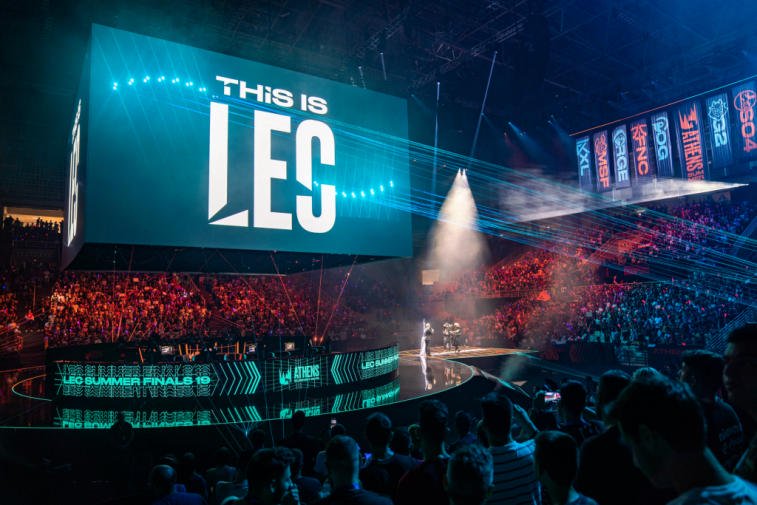In this episode of Understanding the Industry, we’re taking a look at esports tournament formats. Altogether, esports tournaments present themselves in a variety of forms. Therefore, the most common examples will be tackled in this discussion.
Tournament Availability – Open or Closed?
Firstly, a tournament’s availability is essential. An esports tournament may either be ‘open’ or ‘closed / invitational’.
Here’s an explanation for both options:
- Open: anybody, should he/she qualify accordingly, may enter. Usually, a qualification stage is involved and only the top contenders make it. An example is the yearly EVO event.
- Closed / invitational: the event coordinator picks out the competitors. There is no other way to join. An example is a CDL Home Series.
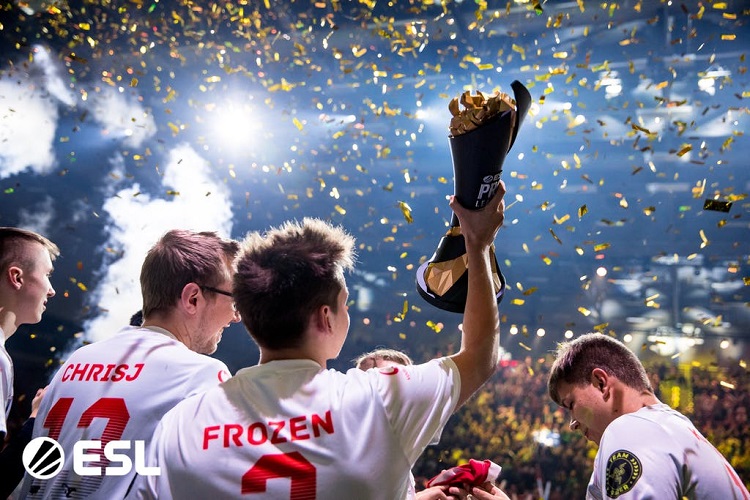
However, although separate, certain events may be both open and invitational. An example is the CoD Champs event from last year.
Presently, we may now move on to progression within esports tournament formats.
Another note is distinguishing ‘Online’ and ‘LAN’. The term ‘LAN’ refers to an offline connection, not having to rely on the internet in any way.
Round One – Group Stage
Mostly, after the competitors have been finalized, a group stage takes place. Indeed, it’s a great way to eliminate weaker competition and grant future seeding.
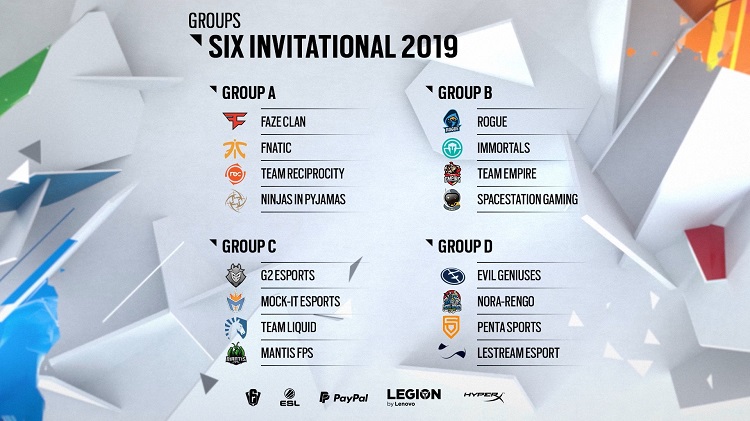
Accordingly, the group stage may take place in a number of ways:
- Round Robin – competitors playing against each other once to earn points depending on the outcome. Winning, losing and draws offer different points.
- Double Round Robin – competitors fight off twice with each opponent. Most commonly, this style is used.
- Swiss Seeding – used to filter large numbers of teams in tournaments. Here, teams go through rounds where they match up depending on their record in the prior round. Progression and relegation depends on the match record.
Across all formats, it’s essential to grasp the concept of “Best-of-_“. Shortened to BO1, BO3 and BO5, it refers to the number of maps/games needed to claim victory. In larger tournaments with Swiss Seeding, BO1 is utilized to quicken the pace. Otherwise, BO3 and BO5 are usually the norm to eliminate luck.
Here are examples for each type:
- Swiss Seeding – RCLS X
- Double Round Robin – ESL One Katowice 2019
- Single Round Robin – FIFA eWorld Cup

After completing the group stage, teams are stacked according to record. Although popular, Double Elimination tends to result in similar records. Here, map records and other statistics are used to sort teams.
The number of teams in a group may range from 4 up to 16 usually. Note that the term ‘GSL Format’ is almost synonymous to ‘Swiss Seedings’.
Round Two – Bracket Play
Following group play, a series of high stake matches must take place. Resultantly, matches are oftentimes BO3 or BO5, with Grand Finals sometimes going to BO7.
This part of the esports tournament format is referred to as ‘bracket play‘. For the most part, this may take place in two styles:
- Single Elimination Bracket: all or nothing format where one loss sends you home and a victory propels you forward.
- Double Elimination Bracket: here, the bracket divides into Winners and Losers. A loss in Winners sends a competitor to Losers. A loss in Losers sends a competitor home. Reaching the grand finals from Losers will result in a disadvantage. This may be in the form of handicapped map count or requiring a double victory.
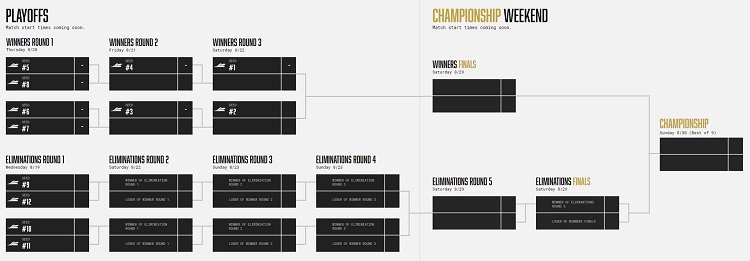
Regardless of the bracket, seeding derives from the group stage. Better placement in the group will result in an increased likelihood of easier matchups in the bracket. A single team will make it through both the Winners or Losers, in either format.
Classically, the double-elimination bracket is used for two reasons. Firstly, it gives competitors some room to make an error in the Winners Bracket. Secondly, the Losers Bracket allows for some fascinating narratives at each event. As aforementioned, however, that cushion doesn’t come without a penalty at the grand final.
Also, here, poor performing teams in groups may start out in the Losers Bracket instead of being disqualified.
On the other hand, single-elimination brackets are high pressure and simply brutal. One mistake and it’s over. Poor performance in group stage is the end of the line.
Esports Tournament Formats – Prize Pool Distribution and Creativity
Each event has something to play for. Whether it be ‘pro points‘ such as in the Dota 2 Pro Circuit or just a prize pool. This is usually split up depending on the placement.
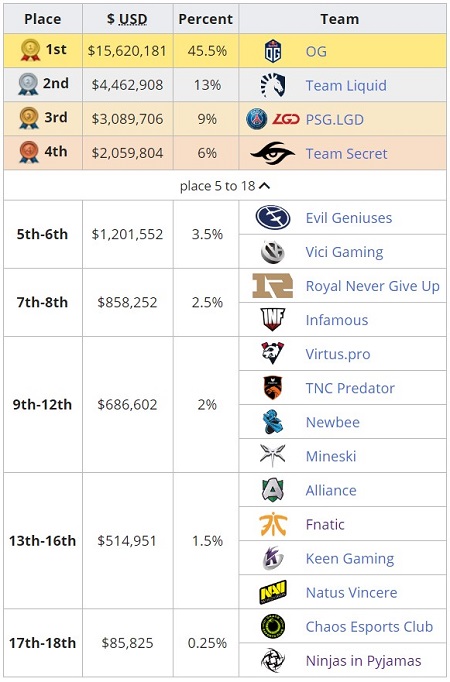
For example, a ‘$5 million event’ isn’t a prize pool exclusively for placing first. No, first would receive a majority while the rest is split between the others according to placings.
In conclusion though, please note that event organizers are constantly pushing for new formats. A format is central to the quality of match-ups in an event and varies between esports scenes. All in all, that’s the breakdown on esports tournament formats.
That’s all for this episode, for more news, visit https://www.esportsguide.com/.

